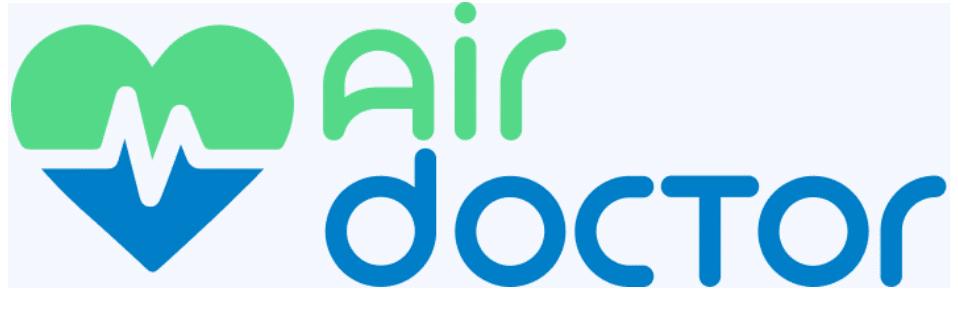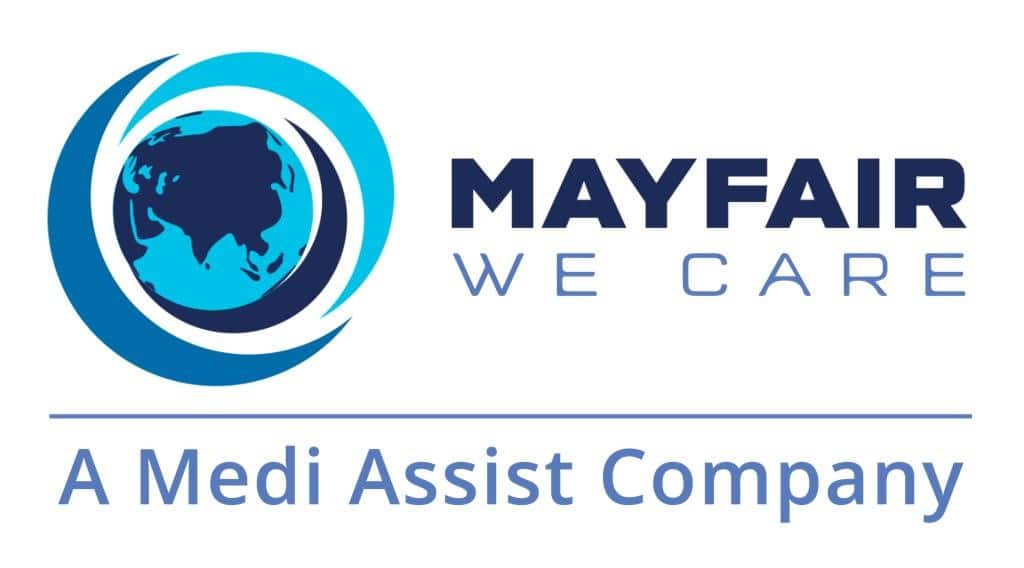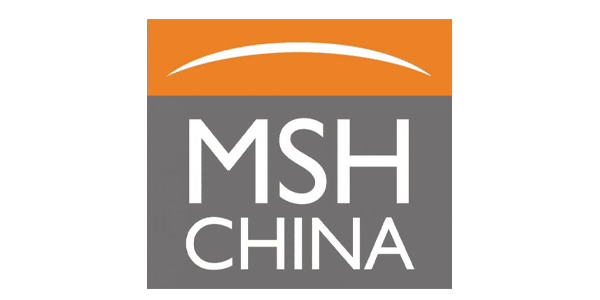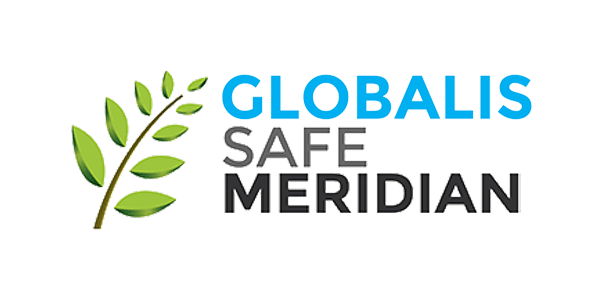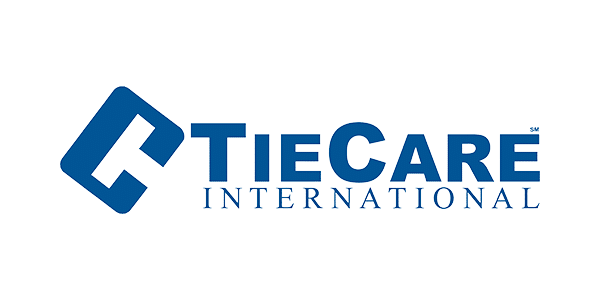Children often develops rashes and they can have different appearances. Most rashes in children are benign conditions and may go away without any treatment. Known causes of rashes include irritation, allergies, viral, bacterial, and fungal infections. This article may help you to get a better idea about what could be causing your child’s rashes; however, it is best to see your child’s doctor for a proper diagnosis.
Dermatitis
Dermatitis is a group of skin conditions that causes skin inflammation. Dermatitis may manifest as red rashes, itchiness and dry skin on your child and can happen at any age. Some of the common types of dermatitis in children include diaper rash, cradle cap, eczema and contact dermatitis.
Diaper rash: Diaper rash or diaper dermatitis is the most common skin condition seen in babies. Diaper rash occurs when moisture in your baby’s diaper area causes irritation. To prevent or treat diaper rash, keep your baby’s diaper area clean and dry by changing diapers frequently. You can also apply an ointment or cream that contains zinc oxide or petroleum jelly to protect your baby’s skin in the diaper.
Cradle cap: Cradle cap is also called infant seborrheic dermatitis which causes crusty or oily scaly patches on a baby’s scalp. The condition isn’t painful or itchy. But it can cause thick white or yellow scales that aren’t easy to remove. It usually clears up on its own in weeks or a few months. You can treat cradle cap at home with mild baby shampoo and can also lightly rub the scale off if it doesn’t bother your baby.
Eczema: Eczema is also called atopic dermatitis. Eczema makes your child’s skin itchy and then it gets red, irritated and dry. Children with atopic dermatitis has a weak skin barrier function which makes the skin less able to retain moisture and protect against bacteria, irritants, allergens and environmental factors. Controlling your child’s symptoms is the goal of treatment. Often there are seasonal or allergic triggers that you should help your child avoid. Good skin care includes bathing in warm but not overly hot water and moisturizing regularly, especially immediately after baths or water exposure. Treatment includes steroid cream during flare ups.
Contact dermatitis: Contact dermatitis can occur when children come into contact with an allergen or an irritant. Common example of allergen causing contact dermatitis is poison ivy. Irritants may include perfumes, soaps, cleaners and paints. Contact dermatitis causes an itchy skin rash that is sometimes also painful. Treatment includes moisturizers, anti-itch creams, and topical steroids or may sometimes need oral steroids medication.
Viral infection
Viral rashes is another common cause of rashes in children. Common viral rashes that we often encounter include roseola, molluscum contagiosum, and hand, foot and mouth disease.
Roseola: With roseola, your baby will suddenly develop a high fever that can last up to 5 days. Once the fever breaks, a slightly raised, spotty pink rash may appear on your baby’s chest or stomach. The rash may spread to your baby’s upper arms and neck. The rashes may fade in hours or days. Treatment may include acetaminophen for your baby’s fever, but the rash doesn’t usually itch or cause pain.
Molluscum contagiosum: It is a benign skin condition but sometimes unpleasant rash. Molluscum contagiosum has raised bumps on your child’s skin. The bumps are usually flesh-colored, pink or pearly white with indentations in the center. The bumps will show up on your child’s face, chest, stomach, arms and legs. They’re painless but they may not go away for several months or years. Molluscum contagiosum will eventually go away on its own without treatment.
Hand, foot and mouth disease (HFMD): A virus in the enterovirus family cause hand, foot and mouth disease. The disease causes a red rash to develop around your toddler’s mouth, and on the palms of their hands and soles of their feet. It may also affect other areas. The rash may turn into bumps or blisters on your baby’s skin and in their mouth, and they can be very painful. Hand, foot and mouth disease usually goes away on its own within one to two weeks. You can treat your toddler’s symptoms with paracetamol or ibuprofen.
Bacterial Infection
Types of baby rashes may also include bacterial infections such as scarlet fever and impetigo.
Scarlet fever: A bacteria called group A Streptococcus causes strep throat and scarlet fever. Scarlet fever usually starts with a fever, sore throat and headache, but the key symptom is a raised, red rash on your child’s neck and upper chest. The rash may then spread to other areas of your child’s body. Your child’s face may be red with a pale area left around their mouth. The rash feels rough like sandpaper and may look like your child has a sunburn. Treatment for scarlet fever includes oral antibiotics.
Impetigo: Group A Streptococcus or Staphylococcus aureus bacteria cause impetigo. It’s most common in kids aged 2 to 5 years old but can happen at any age. Impetigo causes red bumps, blisters or crusty spots to develop. These are most common around your toddler’s mouth and nose and can be anywhere that skin gets repeatedly irritated. Treatment for impetigo usually includes antibiotics that may be topical or oral.
Fungal Infection
Common skin rashes seen in babies, toddlers and children can also include fungal infections such as diaper candidiasis and ringworm.
Diaper candidiasis: Candida diaper dermatitis is caused when Candida albicans, a common type of yeast that is normally found in the mouth and digestive tract, grows and multiplies on the skin in the diaper area. It is particularly common in babies who wear moist diapers. Yeast on the body overgrows and causes a rash in the diaper region when the body’s balance of yeast changes. Diaper candidiasis is different from regular diaper rash in that the skin presents with bumpy (pimples), shiny, cracked or oozy with a deep red or purple tone. If your baby diaper rash is not improving with standard diaper cream, you should have a doctor take a look of the rash. The treatment for diaper candidiasis is a topical antifungal medication.
Ringworm (tinea corporis): Ringworm is a fungal infection that usually presents as round or oval patches on your child’s skin. The patches have smooth center and red, scaly borders and may not look like rings right away. But you’ll notice the rings when they get bigger. The patches may be itchy and painful and may become puffy and inflamed. You can treat your child’s ringworm with topical antifungal medication.
Hives
Hives are also called urticaria. Hives are itchy pink, pale or red bumps on your baby’s skin. They may be small slightly raised spots or large welts of different shapes. Sometimes hives are ring-shaped or look like targets. The rings may have normal-looking skin in the center, or they may look pale, purple or blue. Hives can appear anywhere on your child’s body and may flatten out over several hours. But new bumps can keep showing up for days or weeks.
Viral infections are a common cause of hives in children. But allergic reactions to foods, medicines and additives, or even cold temperature and stress may also cause hives. But many cases of hives have no known reason. The best treatment for hives is antihistamines.
This article is written by Dr Bernadeta Wibisono, she is based in IMC Children’s.

Dr Bernadeta Wibisono
Languages: Bahasa Indonesia, English


